Venice Biennale to have a Swiss flavour
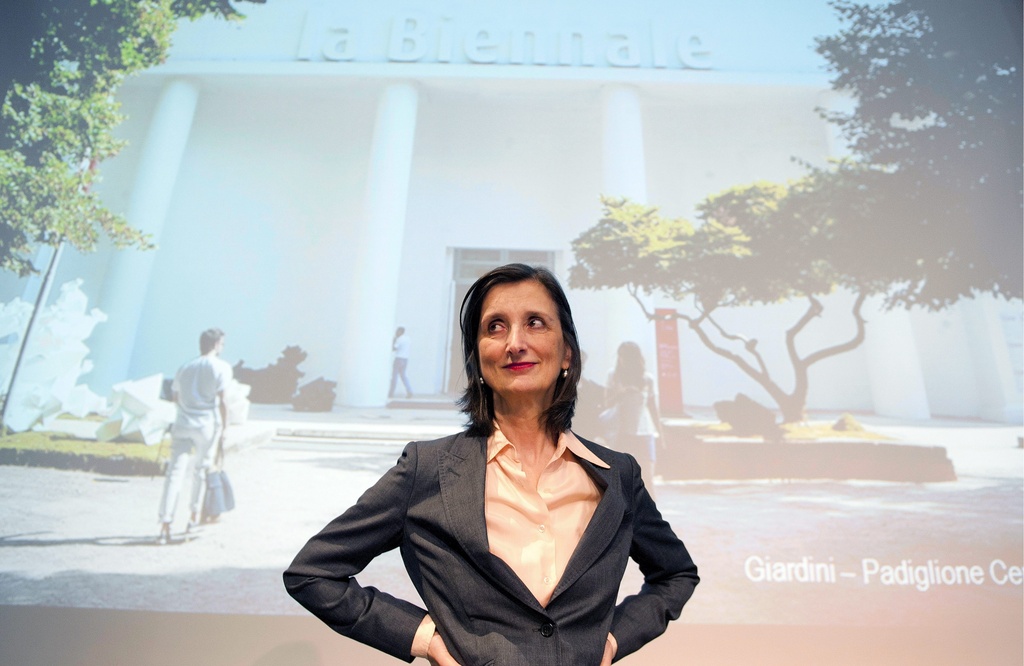
On June 4, one of the most high-profile events in the contemporary art world opens its doors. This year’s Biennale d’Arte in Venice has a Swiss curator, Bice Curiger.
For the next six months the city on the lagoon will again find itself a world centre of contemporary art.
The international exhibition, this year titled “ILLUMInazioni – ILLUMInations“, gives artists, gallery owners, collectors and the public at large a unique overview of trends in contemporary art.
“The Biennale is like a wind machine. Every two years, it shakes the forest, unveils hidden truths, gives new strength and light to new sprouts, showing older trunks and persisting branches from a different perspective,“ says the director, Paolo Baratta, on the event’s web page.
Some 84 artists will be on show at the Central Pavilion, at the Giardini, and at the Arsenale.
As well as the core exhibit, the Biennale includes national pavilions – the 89 participating countries this year are an all-time record. During the 54th festival visitors will see works from Andorra, Saudi-Arabia, Bangladesh and Haiti for the first time.
Past masters
For this year’s international show, Curiger decided to dedicate some space to the history of art.
The tour of the exhibition starts with three big canvasses by Jacopo Robusti, better known by his nickname Tintoretto: The Last Supper (on loan from the Basilica di San Giorgio), The Transfer of the Body of Saint Mark and The Creation of the Animals (both from the galleries of the Accademia).
At a certain point it became clear to the curator that the unique historical and artistic context of Venice offered more than just an exhibition venue.
“For ILLUMInations I immediately though of the most magnificent Venetian painter of the 16th century, Tintoretto. I told myself: we need to do a room with Tintoretto!,“ explained Curiger in an interview on German-language Swiss television (SF).
“The 16th century is the historic moment when the world really expands. In one sense, it was the beginning of globalisation. And Tintoretto is the painter of light. His works reveal ecstatic moments of light.“
Globalisation, especially in the world of contemporary art, is in fact one of the main themes of this year’s show. Tintoretto himself was a highly innovative artist – according to Curiger, his works took “a bold approach to composition which inverted the classical order defined by the Renaissance“.
By putting the Tintoretto pictures at the starting-point of a show of contemporary art, the curator intends to emphasise the importance of continuity with the past.
On the other hand, Curiger also hopes that this old master will symbolise the idea of revolutionising the established order to contemporary artists.
Swiss presence
Switzerland is represented not only at the management level, but through the works of various Swiss artists. Fischli & Weiss, Pipilotti Rist and Urs Fischer, to mention only the best-known names, will be here.
But there are also lesser known, quite young Swiss artists like Mai-Thu Perret, Shahryar Nashat and Fabian Marti.
“Certainly, the fact that there is a Swiss factor in the artistic direction influenced our choices, and accordingly Swiss artists have a pretty high profile,“ Giovanni Carmine, who assists Bice Curiger in curating the exhibition, told swissinfo.ch.
“You must remember, though, that Swiss art is broad-based and perfectly well integrated into the international scene. We live in a globalised world, and artists can no longer define themselves by their nationality, but rather must define themselves by the themes they choose or the forms they use in their work“.
There will be some surprises too: “For example, Jeanne Natalie Wintsch, a relatively unknown Swiss artist from outside the mainstream who died in the 1940s, is being presented to an international public for the first time with a large selection,“ said Carmine.
Daring choices
This year’s Biennale stands out by virtue of the number of young artists involved: of the 84 on show, about 30 are no more than 30 years old.
“This is a Biennale that is taking plenty of risks. Not just the big names are on show, but you can also see a lot of artistic production that seemed to us particularly interesting at the present juncture,“ added Carmine.
Art lovers going to Venice from June 4 on will encounter a wide range of works and events to do with contemporary art.
“I hope our visitors will come away with the impression of an exciting and even rather chaotic show – a show that has chosen to believe in the work of artists rather than in spectacle,” said Carmine.
“Now that we are almost there, and the organising work is just about over, I think I can say that we have succeeded!“
Venice’s 54th International Art Exhibition was officially opened on June 3. It is open to the public from June 4 till November 27, 2011.
84 artists are represented, including 32 artists born after 1975, and 30 women.
The exhibition also includes “national participations”. This year 89 countries are represented. Andorra, Saudi Arabia, Bangladesh, and Haiti appear for the first time.
Other countries are returning after years of absence: India (last time was 1982), Congo (1968), Iraq (1990), Zimbabwe (1990), South Africa (1995), Costa Rica (1993), and Cuba (1995).
Thomas Hirschhorn will present a major work entitled “Crystal of Resistance” at the Swiss Pavilion at the Giardini di Castello (June 4 – September 27).
Andrea Thal is the curator of the project “Chewing the Scenery” at the Teatro Fondamenta Nuove (Cannaregio 5013; June 4 –October 2) which consists of a video installation by Pauline Boudry and Renate Lorenz, an “installative dramatisation” by Tim Zulauf / KMUProduktionen, two events in June and September – with performances, lectures, screenings and concerts – and a publication.
Culture Minister Didier Burkhalter opened the exhibition on June 3 during a two-day visit to the Biennale, in which he also met Bice Curiger.
The publication, which is to appear in “three progressively reworked editions”, involves the collaboration of Anna Frei and Georg Rutishauser and brings together artistic contributions by Maria Iorio and Raphaël Cuomo, Uriel Orlow and Eran Schaerf, texts by Ann Cvetkovich, Mathias Danbolt, Antke Engel and Patricia Purtschert, not to mention materials on the two productions which are part of the exhibition.
(Source: Swiss Federal Culture Office)
(Translated from Italian by Terence MacNamee)

In compliance with the JTI standards
More: SWI swissinfo.ch certified by the Journalism Trust Initiative
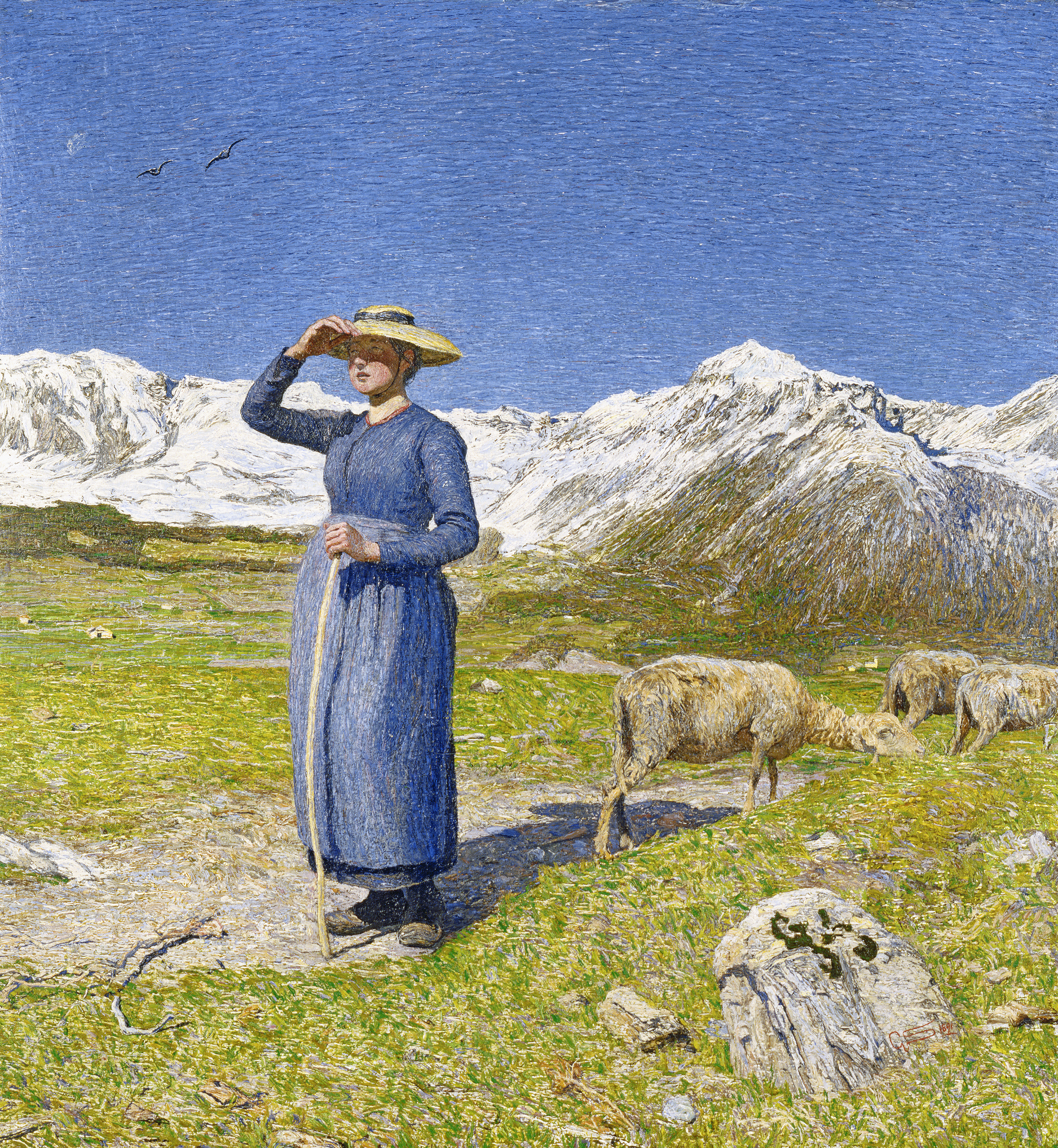
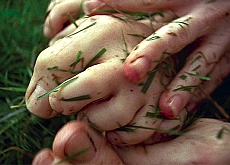
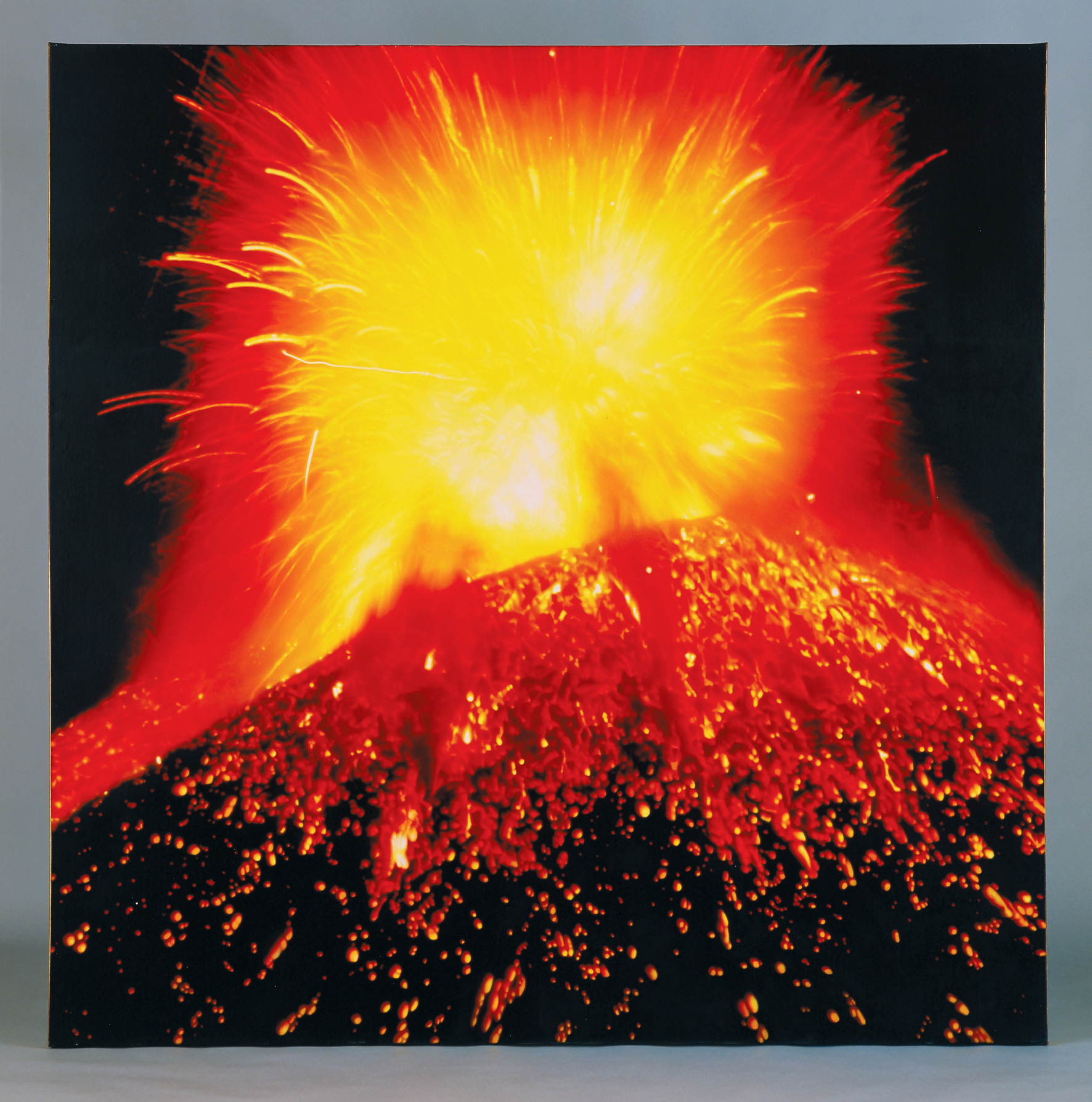
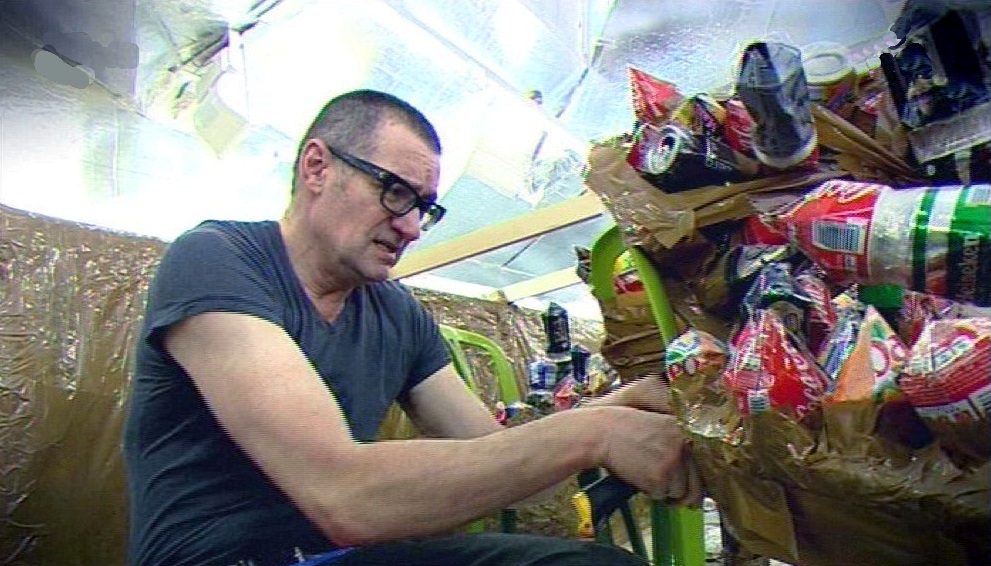
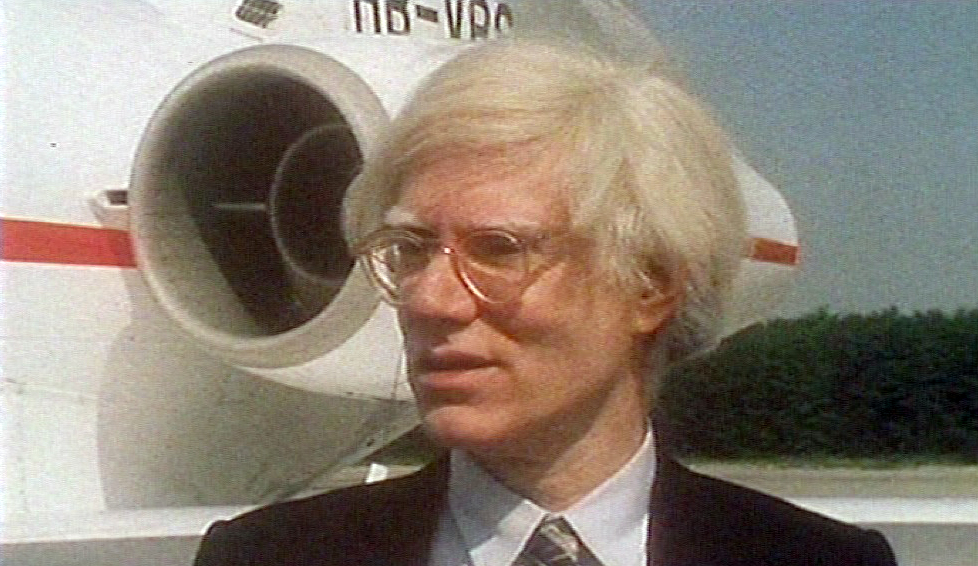
You can find an overview of ongoing debates with our journalists here. Please join us!
If you want to start a conversation about a topic raised in this article or want to report factual errors, email us at english@swissinfo.ch.